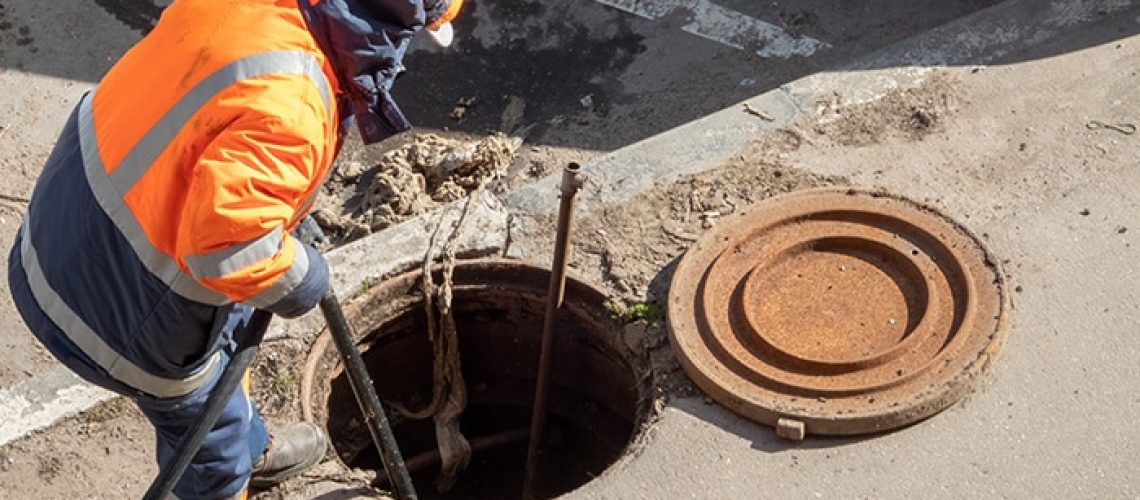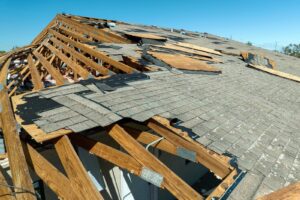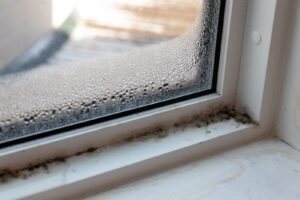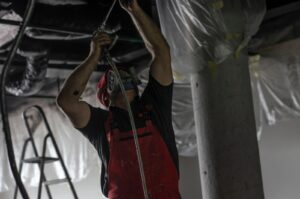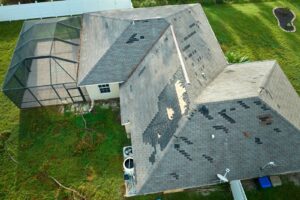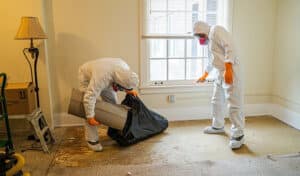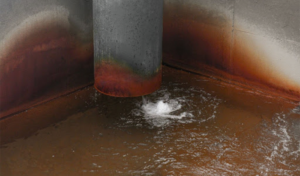Discovering sewer damage in your home can be a homeowner’s worst nightmare. Not only can it cause significant damage to your property, but it can also pose health risks to you and your family.
From furniture and electronics to clothing and carpets, a variety of belongings can be affected by sewage backup. The difficulties and expenses involved in salvaging or replacing these items can add to the stress of the situation.
In this blog, we will explore the various items that can be damaged or destroyed due to sewer problems and the challenges homeowners face in salvaging or replacing their belongings.
We will provide practical advice on the steps to take if you suspect or experience sewer damage. Following these steps can help protect your home and health and ensure a smoother recovery process.
So, let’s delve into the world of sewer damage and learn how to navigate this challenging situation with confidence and efficiency!
Common Causes of Sewer Damage
The following factors can individually or collectively contribute to sewer backups, leaks, and other issues by obstructing the proper flow of wastewater, causing pressure on the pipes, and compromising the integrity of the sewer system.
It is crucial for homeowners to be aware of these factors and take preventive measures, such as regular maintenance and proper disposal practices, to minimize the risk of sewage problems in their homes.
Without further ado, here are the most common causes of sewer damage:
- Tree Root Intrusion: Tree roots are naturally attracted to moisture and nutrients in the soil, and they can infiltrate sewer lines by penetrating small cracks or joints in the pipes. Over time, these roots grow and exert pressure on the pipes, eventually causing blockages and structural damage. This can lead to sewer backups and leaks as the flow of wastewater is disrupted.
- Aging Pipes: As sewer pipes age, they become more vulnerable to deterioration and breakage. Corrosion, rust, and shifting soil can weaken the pipes, making them more prone to cracks, fractures, and collapses. These compromised pipes can cause sewage problems by allowing debris, dirt, and tree roots to enter the system, leading to blockages, backups, and potential leaks.
- Improper Disposal: Disposing inappropriate substances down the drains or toilets can contribute to sewage problems. Items like grease, oil, paper towels, sanitary products, and baby wipes can accumulate in the pipes, creating obstructions. These blockages can cause backups and sewage overflows, putting additional strain on the sewer system and increasing the risk of leaks or bursts.
- Heavy Rainfall: During periods of heavy rainfall, the excess water can overload the sewer system, especially if it is outdated or poorly designed. The sudden influx of water into the system can overwhelm the pipes, leading to backups and sewage overflows. Additionally, severe rain can saturate the ground and cause pipes to shift or break, exacerbating the potential for leaks or other issues.
Structural Damage to Your Home
If left untreated, sewage issues can lead to serious structural damage in your home.
- Weakened Structures: When sewage backs up into your home, it can seep into the walls and floors, causing damage to the structural elements of your home. Over time, this can lead to weakened structures and a less stable foundation. The moisture from the sewage can also cause wood to rot and metal to corrode, further weakening your home’s structure.
- Foundation Problems: One of the most serious issues from sewage damage is damage to your home’s foundation. Excess moisture from sewage can cause the soil around your home to become unstable, leading to foundation cracks and shifting. This can make your home less structurally sound and can even lead to catastrophic failure over time.
- Mold Growth: Sewage contains organic materials that can quickly become a breeding ground for mold if left untreated. Mold can grow rapidly in damp or moist areas, and sewage backup can create these conditions in your home. Mold can cause respiratory problems, allergies, and other health issues, so addressing it as soon as possible is crucial.
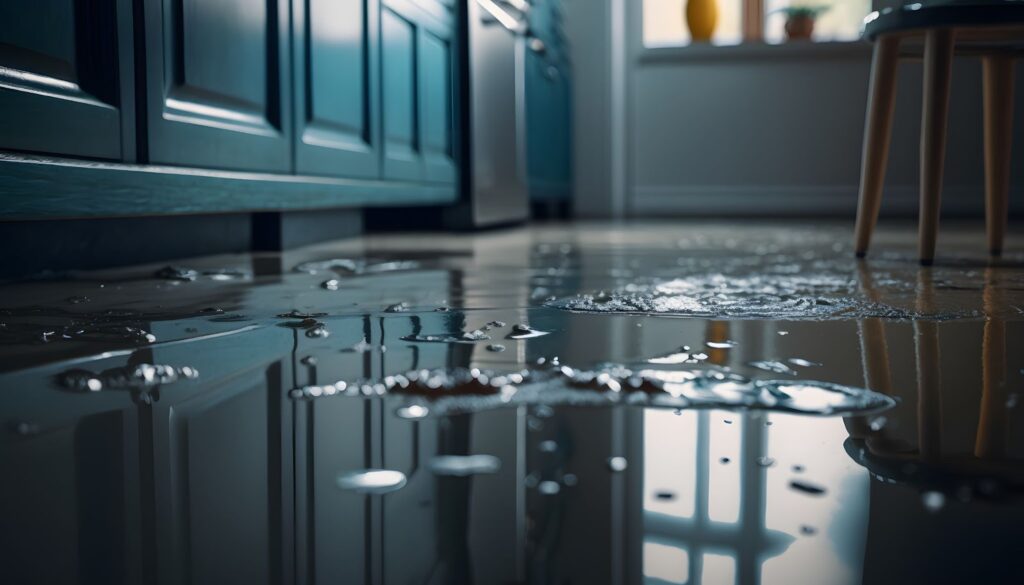
Damage to Belongings and Personal Possessions
Sewer problems can cause significant damage to a wide range of belongings and personal possessions.
- Furniture: Upholstered furniture like couches and chairs can absorb contaminated water and sewage, leading to stains, unpleasant odors, and potential structural damage. Wooden furniture can also be affected by moisture, causing warping, swelling, and mold growth.
- Carpeting and Rugs: Sewage backup can saturate carpets and rugs, making them difficult to clean and restore. The contaminants in sewage can cause stains, discoloration, and foul odors. In severe cases, the carpet padding may also need to be replaced.
- Electronics: Exposure to sewage can irreparably damage TVs, computers, game consoles, and appliances. The moisture and contaminants can cause short circuits, corrosion, and malfunctions, making it necessary to replace these items.
- Clothing and Fabrics: Sewage backup can ruin clothing, curtains, linens, and other fabric items. The contaminants in sewage can leave stains that are difficult to remove, and the high moisture levels can promote mold and mildew growth, resulting in an unpleasant odor.
The difficulties and expenses involved in salvaging or replacing these belongings can vary depending on the severity of the damage and the type of items affected.
- Cleaning and Restoration: Salvaging items affected by sewage damage requires thorough cleaning and disinfection. This complex process may require specialized equipment and techniques to remove contaminants and restore the items effectively. Professional restoration services may sometimes be necessary, adding to the expenses.
- Replacement Costs: Some items, such as electronics, may need to be replaced entirely if they cannot be salvaged. The cost of replacing these items can be substantial, particularly if you have valuable or high-end electronics. Additionally, furniture, carpets, and clothing may need to be replaced if the damage is severe and cannot be adequately restored.
- Time and Effort: Salvaging and replacing belongings after sewer damage can be time-consuming and require significant effort. You may need to document and itemize the damage for insurance purposes, coordinate with restoration professionals, shop for replacements, and deal with the emotional stress of losing cherished possessions.
- Insurance Coverage: Depending on your homeowner’s insurance policy, you may have coverage for sewer damage and the cost of replacing damaged belongings. However, you will need to review your policy and file a claim, which can involve paperwork and potentially dealing with adjusters.
It’s important to act quickly to minimize damage and contact professionals specializing in sewage cleanup and restoration. They can provide guidance on salvaging items and advise on the best course of action for dealing with damaged belongings.
Steps to Take in Case of Sewer Damage
If you suspect or experience sewer damage in your home, taking immediate action is crucial to protect your property and health. Here are some practical steps to follow:
- Ensure Safety: The first and most important step is prioritizing your safety. If you suspect sewage damage, avoid direct contact with contaminated materials and wear protective gear, such as gloves and boots. Sewage contains harmful bacteria and pathogens that can pose health risks.
- Call a Professional: Contact a professional sewage restoration company as soon as possible. They have the expertise, equipment, and experience to effectively handle the cleanup and restoration process. Delaying or attempting to clean up the sewage yourself can lead to further damage and health hazards.
- Limit Water Usage: Minimize water usage in your home until professional help arrives. This can help prevent further backup or overflow of sewage into your home. Avoid using sinks, toilets, showers, and other water fixtures until the issue is resolved.
- Ventilate the Area: If possible, open windows and use fans to increase airflow and aid in drying out the affected area. Proper ventilation can help prevent the growth of mold and mildew.
- Dispose of Contaminated Materials: Do not attempt to salvage or clean contaminated items yourself. Let the professionals dispose of sewage-soaked materials, including carpets, furniture, and personal belongings. They will have the necessary equipment and knowledge to handle this process safely.
- Follow Professional Advice: Listen to the guidance and recommendations provided by the sewer damage restoration service you hire. They will assess the situation and provide specific instructions on the proper cleanup, disinfection, and restoration measures needed to restore your home to a safe and livable condition.
Remember, sewer damage can be hazardous and requires professional intervention. Taking prompt action and seeking professional help is essential for minimizing further damage, health risks, and expenses associated with sewage backup in your home.
Call the Sewer Damage Restoration Experts at Restoremasters!
At Restoremasters, we understand the stress and frustration of dealing with sewer damage. That’s why we are committed to providing prompt and reliable restoration services to help homeowners get back to normal as quickly as possible.
We have the expertise, experience, and state-of-the-art equipment to handle any type of sewage backup and flood damage. Our certified technicians follow industry best practices and safety protocols to restore your home and belongings to a safe and livable condition.
We offer a full range of services, including water damage restoration, mold remediation, and odor removal. If you are experiencing sewer damage in your home, don’t wait to get help. Contact Restoremasters today at 801.948.2478 for fast and reliable restoration services you can trust. Our team is available to answer your call and provide emergency services when you need them most.

